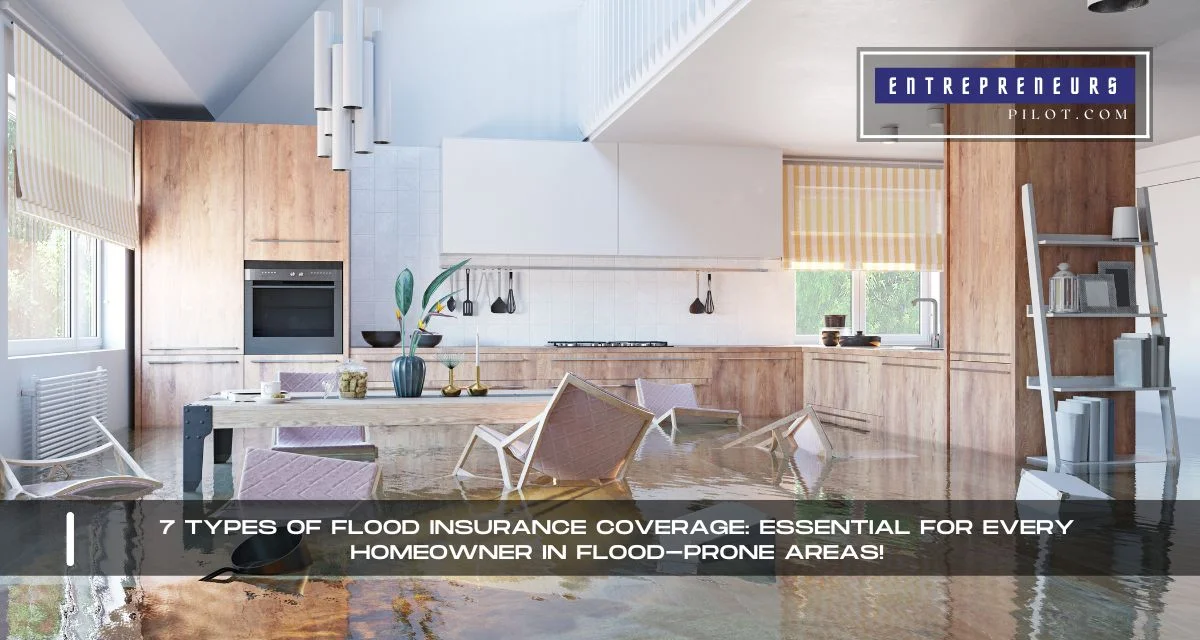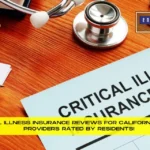Introduction
Imagine waking up to the devastating news that your home, the one place you thought was safe, has been damaged by a flood. It’s not just about the immediate aftermath but the long recovery process ahead. This scenario is all too real for many living in flood-prone areas. But here’s the silver lining: understanding the various Types Of Flood Insurance Coverage can be your first step toward peace of mind. Whether it’s safeguarding your home’s structure, your cherished belongings, or finding temporary living arrangements during repairs, knowing your options can make all the difference. Let’s dive into the essential flood insurance coverages every homeowner should consider, ensuring you’re well-prepared before disaster strikes.
Table of Contents
Building Property Coverage
Building property coverage is the backbone of any flood insurance policy, designed to protect the physical structure of your home. This includes the foundation, walls, and roof, as well as permanently installed fixtures like cabinets, paneling, and bookcases. In flood-prone areas, securing this coverage is a no-brainer. It ensures that, in the face of disaster, the costs of repairing or rebuilding your home won’t drown your finances. Imagine the peace of mind, knowing that the core of your home is protected against the unpredictable wrath of nature.
Contents Coverage
While your home’s structure provides the shell, it’s the contents within that transform it into a living space. Contents coverage is essential for safeguarding your personal belongings, from furniture and electronics to clothing and kitchen appliances. Floods don’t discriminate, often leaving a trail of destruction that includes cherished personal items. With this coverage, you can rest easy knowing that the value of your possessions is protected, helping you replace what’s lost and restoring a sense of normalcy after the floodwaters recede.
- For Expert Financial Insights And Guidance, You Can Visit Our Sister Site – ArabsGeek.com Now!
- Curiosity Piqued? Dive Into the Most Captivating Financial Content by Visiting Our Homepage!
- Unlock Exclusive Business Opportunities! 🚀 Connect with Us Now at our Email: [email protected]!
Replacement Cost Coverage
For homeowners, the difference between actual cash value and replacement cost can be significant, especially in the aftermath of a flood. Replacement cost coverage ensures that you can rebuild your home and replace its contents without the depreciation factor gnawing at your finances. It’s about not just restoring your property but maintaining your standard of living. Opting for replacement cost coverage is like having a safety net that catches you with the full cost of rebuilding, not just what your property was worth before the disaster.
Temporary Living Expenses Coverage
Sometimes, the impact of a flood forces homeowners to seek temporary shelter elsewhere, leading to unexpected expenses. Temporary living expenses coverage is a lifeline during such times, covering the costs of hotel stays, meals, and other necessities. It’s not just about finding a place to stay; it’s about maintaining your family’s well-being during the most stressful times. This coverage ensures that, even when your home can’t provide shelter, your policy can.
Basement Coverage
Basements are often the first casualties of flood damage, housing utilities, laundry equipment, and sometimes, personal belongings. However, traditional flood insurance policies have limitations when it comes to basements. Knowing what’s covered and what’s not can save you from unexpected financial burdens. It’s crucial to understand the specifics of basement coverage, ensuring you’re adequately prepared for the risks associated with below-ground areas in your home.
Detached Structures Coverage
Your home might be the main act, but don’t forget about the supporting characters. Detached structures coverage extends your flood insurance protection to garages, sheds, and fences. These structures often house tools, vehicles, and other valuables and can be costly to repair or replace. Including them in your flood insurance plan ensures that your entire property is safeguarded against flood damage, not just the main living area.
Increased Cost of Compliance Coverage
After a flood, rebuilding to current building codes can be an unexpected and costly endeavor. Increased cost of compliance coverage offers financial assistance to meet these new standards, covering expenses up to a certain limit. This coverage is about future-proofing your home, ensuring it’s not just rebuilt, but upgraded to withstand potential future disasters. It’s an investment in resilience, reducing the risk of similar losses and ensuring that your home stands stronger against the elements.
Conclusion | Types Of Flood Insurance Coverage
Navigating the complexities of flood insurance can seem daunting, but understanding the types of coverage available is crucial for homeowners in flood-prone areas. From protecting the structure of your home and its contents to ensuring you have a place to stay if it’s uninhabitable, these coverages offer a comprehensive safety net. Remember, being prepared isn’t just about mitigating risks; it’s about ensuring peace of mind in the face of nature’s unpredictability. Don’t wait for the storm to hit; make sure you’re covered today.
Frequently Asked Questions
01. What’s the difference between flood insurance and homeowners insurance?
Flood insurance specifically covers damages and losses caused by flooding, which is typically not covered under standard homeowners insurance policies. This distinction is crucial for homeowners in flood-prone areas.
02. How can I find out if I’m in a flood-prone area?
The Federal Emergency Management Agency (FEMA) provides Flood Insurance Rate Maps (FIRMs) that classify areas by their flood risk. Homeowners can use these maps to determine their property’s flood zone.
03. Is flood insurance mandatory?
In high-risk flood areas with mortgages from federally regulated or insured lenders, flood insurance is indeed mandatory. However, it’s recommended for all homeowners in areas with any flood risk.
04. How much does flood insurance cost?
The cost of flood insurance varies depending on factors like your home’s location, age, construction, and the level of coverage you choose. It’s best to get a quote directly from insurers or through the National Flood Insurance Program (NFIP).
05. Can I get flood insurance if I’m renting?
Yes, renters can purchase contents coverage to protect their personal belongings in the event of a flood. This coverage is an essential consideration for anyone living in a flood-prone area, regardless of homeownership status.











